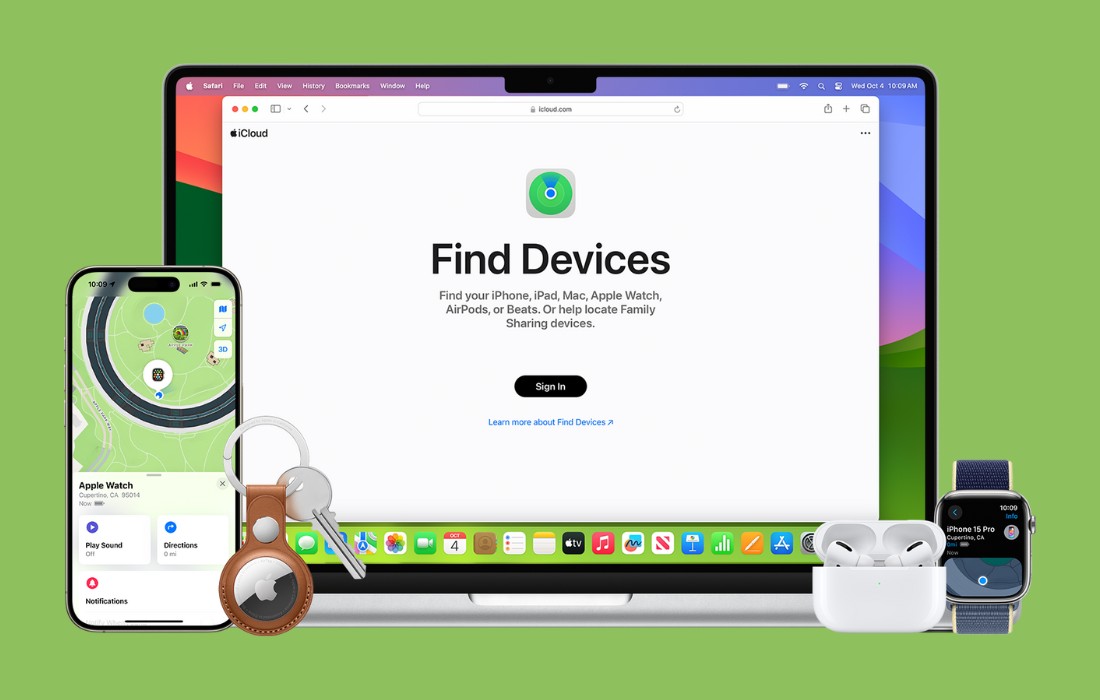How can we library a programmed python code? You can find the answer to this question in this article. In this study, the methods of how we can do it will be explained step by step.
You are able to import your library and run your code in compatible environments without copying the source code. Other libraries may even be developed using the installed PyPi package.
· PyPi — The Python Package Index
· Get Your Code Ready For Publishing
· Get Pip Environment Prepare
· Create PyPi Config Files At The Project
· Create Account on PyPi
· Generate Distribution File
· Install To Local And Upload PyPi
· Uploading To Python Package Index
PyPi — The Python Package Index
Thousands of great, ready to use libraries with simple command instructions are available with PyPi. If you’re already using any of the PyPi packages, you probably have thought about how to convert your own code into a library.
After the upload process, you can easily share the solution you wrote through the PyPi index. Now, You can follow how we upload our own code to PyPi.
https://cdn.embedly.com/widgets/media.html?src=https%3A%2F%2Fgiphy.com%2Fembed%2FIHiGS6HMtXeBq%2Ftwitter%2Fiframe&display_name=Giphy&url=https%3A%2F%2Fmedia.giphy.com%2Fmedia%2FIHiGS6HMtXeBq%2Fgiphy.gif&image=https%3A%2F%2Fi.giphy.com%2Fmedia%2FIHiGS6HMtXeBq%2Fgiphy.gif&key=a19fcc184b9711e1b4764040d3dc5c07&type=text%2Fhtml&schema=giphy
Get Your Code Ready For Publishing
Make a python project to the library.
- Use code repository(GitHub, Bitbucket etc..) for source code
- Clean unreferenced code in project
- Remove all “print” statements from your code. You can use Logging package instead of print. Check out my previous article for more information on logging.
- Check the name of your package. For this one, your package name able to be validated with pip-name PyPi package.
Install
Usage
Note: name is the distribution name of your package. This can be any name as long as it only contains letters, numbers, _ , and -. It also must not already be taken on pypi.org.
Be sure to update this with your username, as this ensures you won’t try to upload a package with the same name as one which already exists.
- Transport your codes to {package_name} folder in src/{package_name} folder structure.
- The package name you prefer should be the same as the library code to be imported.(this is not must)
- Create a file called __init__.py under folder in src/{package_name}
_init_.py
Get Pip Environment Prepare
Pip is a Python package manager. Check here for installation. if you already installed on your OS System.
if your OS System is MacOS. you can prefer brew package manager for pip installer.
MacOS Pip install with Brew
If you haven’t installed anything python on your Mac OS system, the default Python environment will be 2.7. The python3 environment will be installed when you install pip install via Brew. If you do not change the python environment path, when you run the python code, it will run with version 2.7.
So you should start with the python3 command to use your pip install package installations.
Python Default Environment on Mac
After the install Python with Brew
Do not neglect the following procedure.
PyPi command on Terminal
Finally, make sure you have installed setuptools, wheel packages
install setuptools
install wheel
Create PyPi Config Files At The Project
Add files that are used to prepare the project for distribution. All of these files to be created must be located in the root’ directory of the project.
PyPi needs some files to run:
- pyproject.toml
- setup.py / setup.cfg
- LICENSE
- README.md
- MANIFEST.in
Now, let’s go through these files one by one.
Create File : pyproject.toml
In the pyproject.toml file, the required build tools (like pip and build) are defined what is needed to build your project. Those in this “requires” list will only use what is needed at build time, not after your package is installed.
pyproject.toml
My Python build system is “setuptools.build_meta”. If you were to use a different build system, you should define it whit build-backend.
Create File : setup
setup.cfg
There are two types of metadata: static and dynamic.
· Static metadata (setup.cfg): guaranteed to be the same every time. This is simpler, easier to read, and avoids many common errors, like encoding errors.
· Dynamic metadata (setup.py): possibly non-deterministic. Any items that are dynamic or determined at install-time, as well as extension modules or extensions to setuptools, need to go into setup.py.
The following version information can be an example of dynamic metadata.
The package_name.__version__ value can be obtained from the version variable defined in the __init__.py file under the package_name directory. This process performs the dynamically sending values to setup.py file from outside.
It is recommended to use static metadata (setup.cfg).
My example is implemented with dynamic method
setup.py
The library I have developed supports python version 2.7. So I defined on field of python_requires.
For additional information on versioning, I recommend you review the document here.
Install_requires
Here, you define all the dependencies your package has — all the pip packages that you are importing. If there is a pip package(s) that you import in the code you develop, you should add them to this list.
Create File : README.md
You should explain your package’s usage documents and scenarios, use cases to developers who will use your package. Enter the following content in README.md. We added at setup.py. If it can’t find it, it will throw an error.
On the other hand, this readme content will appear as PyPi package information.
Create File : LICENSE
This is an example of an MIT license. It’s important for every package uploaded to the Python Package Index to include a license. Again this file is referenced in setup.py. This tells users who install your package the terms under which they can use your package.
LICENSE
Create File : MANIFEST.in
A MANIFEST.in file consists of commands, one per line, instructing setuptools to add or remove some set of files from the sdist.
Adding & removing files to & from the source distribution is done by writing a MANIFEST.in file at the project root. This is how we add unit tests
setup.cfg
Create Folder: Tests
Create a folder called tests in the root of your project.
pylint pytest
test_sample.py
Create Generate Files And Folders
we will have some generated files and folders. I will address these later. We will generate them with some commands
Finally, Project Structure
The project structure will look like this:
Create Account on PyPi
You can register yourself for a PyPi account here.
Go to Account settings § API tokens, “Add API token”. The PyPI token only appears once, copy it somewhere.
If you are going to send PyPi packages via GitHub action, add your project’s settings>secrets>”New repository secret” naming of token “PYPI_API_TOKEN. But we don’t use it. Token is still needed but locally they will do publishing.
Push or release
The example package has automated tests and upload (publishing) already set up with GitHub Actions:
- Every time you
git pushyourmasterormainbranch, the package is automatically tested against the desired Python versions with GitHub Actions. - Every time a new release (either the initial version or an updated version) is created, the package is automatically uploaded to PyPI with GitHub Actions.
Generate Distribution File
Make sure it’s up to date. Install or upgrade setuptools and wheel:
update setuptools and wheel
Run the following command, in order to generate production version for source distribution (sdist) in dist folder:
Note running this command in project root directory
update setuptools and wheel
A dist folder will be created in the root directory. The tar.gz file is a source archive whereas the .whl file is a built distribution.
generated dist folder files
Install To Local And Upload PyPi
Run the following command, Install to local
install to Local PyPi
(You may need to uninstall existing package first:
install to Local PyPi
There may be several installed packages with the same name, so run pip uninstall multiple times until it says no more package to remove.)
Uploading To Python Package Index
Finally, it’s time to upload your package to the PyPi!
Install Twine
Install or upgrade Twine:
install to Local PyPi
To securely upload your project, you’ll need a PyPI API token. we have created before .. We have mentioned in the above steps.
Create a .pypirc file in your $HOME (~) directory. Users/{user} under For Mac its content should be:
~./pypirc
if you don’t manually create $HOME/.pypirc, you will be prompted for a username (which should be __token__) and password (which should be your PyPI token) when you run Twine)
Upload Twine
Run Twine to upload all of the archives under dist folder:
install to Local PyPi
after upload twine outputs
Congratulations, you’ve packaged and distributed a Python project!
Finally, you can look at PyPi https://pypi.org/search/?q=your_uploaded_package
I am sharing my library as an example, you can review it. https://github.com/umutboz/code-gen-lib












